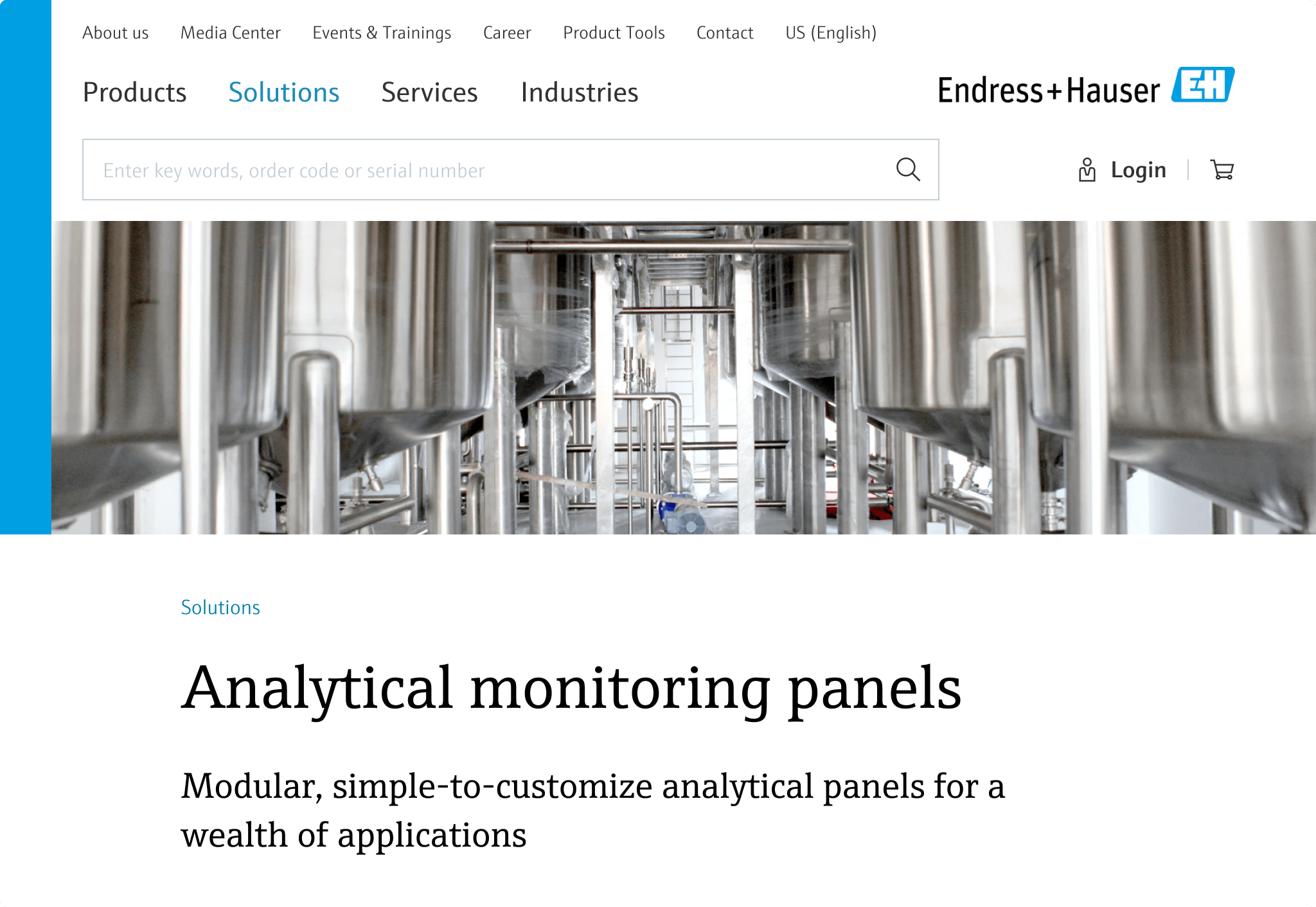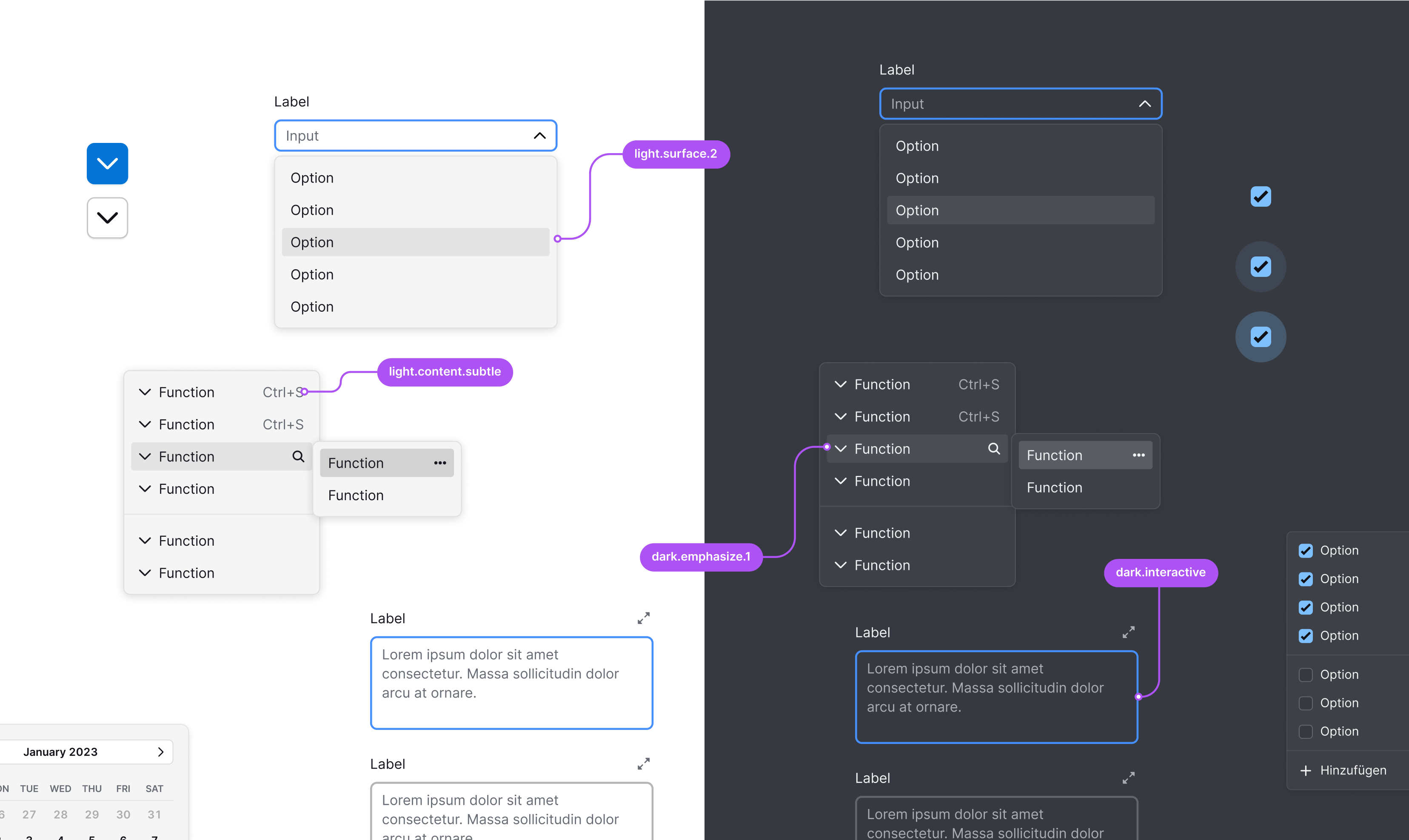
Menu Casa
The easiest recipe for seniors
Whether “Züri-Gschnetzeltes”, goulash or ragout, at Menu Casa, Peter (72) can order freshly prepared menus online and enjoy them in the comfort of his own home. The offer covers his special dietary needs, the ordering process is a breeze, and he can even read the texts without glasses.
Together with Migros, Switzerland's largest retailer, we have tailored their online delivery service perfectly to the needs of their main target group. Ordering food online is now no longer a challenge for seniors, but the easiest recipe.





CHALLENGE
A larger font is not enough
Contrary to popular belief, user groups of digital services are not always made up entirely of iPhone-using millennials. For Menu Casa, we had to adapt the entire interaction to the user-specific needs of an older target group. Regardless of age, everyone should be able to easily and quickly choose between 40 different seasonal menus and place their order.
“Physiological abilities and cognitive patterns change as we age. UX designers need to understand and respond to these changes.”
Solution
Responding to specific user needs
We have adapted the visual design and user interface to the specific needs of senior users, which means:
- simple filter options for more focus
- clear step-by-step instructions for more security
- pre-settings for more comfort and fewer errors
- ... and of course larger fonts for better readability
Thanks to the integration of the solution into a headless CMS, editors at Menu Casa can easily adapt the content at any time. Migros can thus also offer the new concept as a white-label store for its business partners.



Simplified filter options
By restructuring and simplifying the filter options, we have closed the gap between technology and the mental model of the user. Preference filters, such as eating habits or allergies, are displayed larger and more clearly. Users can save their personal filters per session or easily adjust them at any time.





Step-by-step checkout
We reduced the entire checkout process to the essentials. A step-by-step instruction makes it easy to identify and perform the required action at a glance. When the user already has an account, the new address management further simplifies the checkout process by prefilling customer details such as delivery address.


A white-label solution
While we built the frontend in a user-centric way, we focused on additional business needs when developing the backend by giving a lot of freedom and design options. This allows Migros to offer their online store concept as a white label solution for business partners. They can adapt colors, layout, assets, etc. independently and flexibly and create preview links for each page.

Conclusion
Less is more
Less is more – an adage that has always stood the test of time but is often forgotten today. Recently, however, it has been gaining in importance again in many areas, including in digital design and software development. It becomes especially important when a brand like Menu Casa writes INCLUSION in capital letters, aiming primarily at an older target audience. But for all brands, thinking about their customers, their needs, and indeed abilities, and (re)designing their products and services accordingly pays off. At the end of the day, only those who are focused on the user make fantastic business. Ask Menu Casa.







Project facts
Market
B2C
Industry
Retail & Commerce
Type
Website
Services
Design · Engineering
Duration
January 2020 - October 2020
Go Live
October 2020
Project team

Simon
Founder

Rafaela
Software Engineering

Andreas
Visual Design

Romain
UX Design

Selina
UX Research

Sylvain
Product Partner

Annabelle
Client Partner

José
Software Engineering

